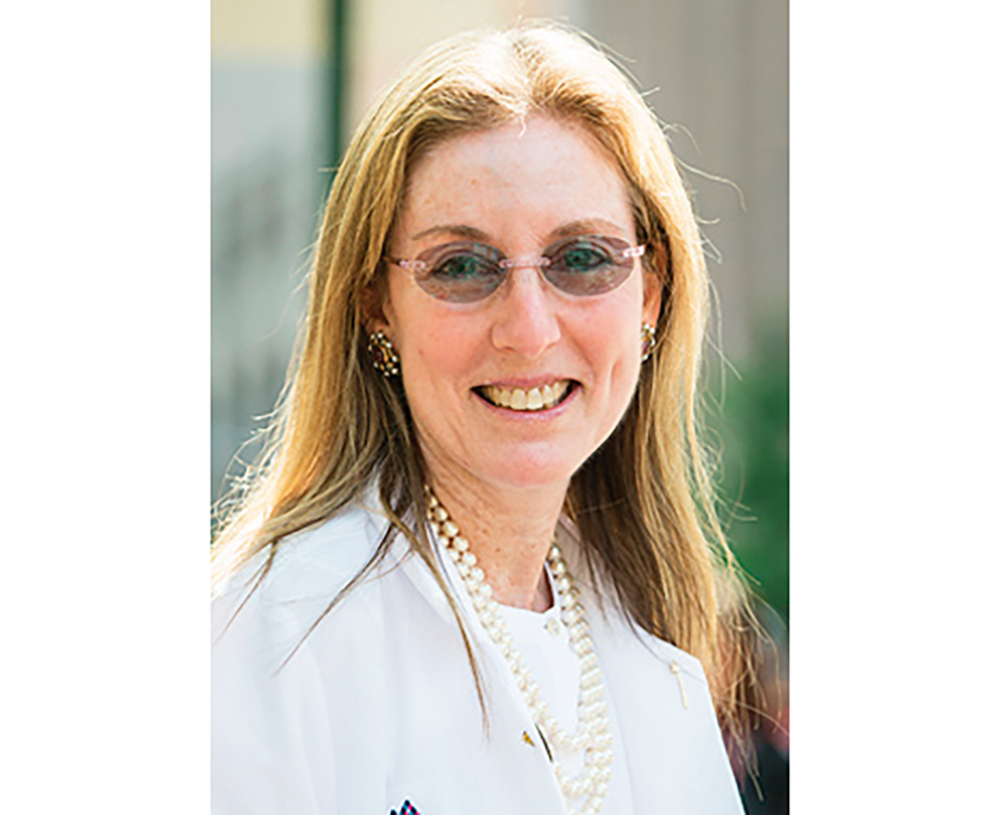
This week we continue our series on Simon & Garfunkel and great New York cancer scientists/researchers. The song “Mrs. Robinson” brings to mind the line “Where have you gone Joe DiMaggio? Our nation turns its lonely eyes to you—woo woo woo.” Janice Gabrilove is a hero.
I did my fellowship in oncology at Memorial many years ago in a group that contained about 20 or 21 fellows. As I look back now, I am astonished at how many of them have gone on to the heights of success in oncology and medicine as chairs of departments or significant scientific accomplishments while I remain a schlepper. OK, I write a column for The Jewish Link; that is not nothing.
But one of my colleagues and friends was Janice, a brilliant, funny and kooky woman who even in a talented crew stood out. It was not easy to stand out intellectually, but she did. And she stood out in other ways as well—she would go up and down the hallways on roller skates at odd moments of the day and relieve all our tension. At a stuffy WASP-y place like Memorial? That really stood out.
Janice was born in 1951 in New York City and graduated in 1973 from Goucher College. She went on to medical school at the Mount Sinai School of Medicine where she graduated No. 1 in the class and went on to do an internal medicine residency at Columbia Presbyterian Medical Center. From there she joined the fellowship group at Memorial, where she trained for four years before joining the faculty at Memorial in 1984 on the leukemia/lymphoma service. Years later she moved back to Mount Sinai, where she has served in senior administrative positions for years.
To appreciate her scientific contributions, one must grasp the role of the bone marrow in chemotherapy treatment. Most conventional chemotherapeutic agents have a significant impact on suppression of the bone marrow as their major adverse effects. The bone marrow, among other tasks, is where the progenitor cells for the white blood cells (primarily neutrophils), red blood cells and platelets reside. Thus, the toxicity engendered by either high doses or prolonged doses of chemotherapeutic agents will result in decreased levels of these cells in the patient’s blood. This is a major factor in limiting how much chemotherapy may be administered. More or equally importantly, if low counts occur, the patient may develop toxicity from the low counts—infections from the low neutrophil count because of a reduced ability to stave off infections, weakness from anemia secondary to a low hemoglobin, or an increased risk of bleeding due to a low platelet count. If the counts are not drastically low, it is usually sufficient for simply the passage of time to permit the bone marrow to recuperate and the counts to return to normal.
The half-life of a circulating neutrophil (also known as a granulocyte) is about eight hours, while that of a platelet is a week and of a red blood cell is almost a month. So when bone marrow toxicity from chemotherapy occurs, the main or at least initial effect is on the neutrophils. When the body senses that these blood cells are abnormally reduced, the body produces factors or hormones which stimulate the bone marrow to produce more of these cells, known as colony stimulating factors (CSFs). They are produced when the levels of these cells are low in the blood. The CSFs are produced in the kidneys. In the early 1980s these factors were isolated in mouse models and were then subsequently isolated in humans as well. It did not take long before these proteins were cloned and synthetically produced. The result was that by 1988 there was a granulocyte-colony stimulating factor (G-CSF) available for use in humans. It took some time for trials to be conducted and completed to prove its safety and efficacy, but in the end, this became a standard part of management under myriad circumstances in the oncology world, both for prophylaxis against the development of severe neutropenia and for the treatment of neutropenia once it had already resulted. Patients may recognize it under its brand names as Neupogen or Neulasta. It would be almost impossible to overstate how profound an impact this has had on the treatment of leukemia, lymphoma, breast cancer, and countless other cancers.
It was our hero who was directly involved in the lab and in the early phase I trials for G-CSF in the early 1980s while at Memorial who is directly responsible for the development of this drug. She shares in its patent. I would not be able to say what precisely her lab steps were, however.
Look around you, all you see are sympathetic eyes / Stroll around the grounds until you feel at home.
Alfred I. Neugut, MD, PhD, is a medical oncologist and cancer epidemiologist at Columbia University Irving Medical Center/New York Presbyterian and Mailman School of Public Health in New York. Email: [email protected].
This article is for educational purposes only and is not intended to be a substitute for professional medical advice, diagnosis, or treatment, and does not constitute medical or other professional advice. Always seek the advice of your qualified health provider with any questions you may have regarding a medical condition or treatment.







